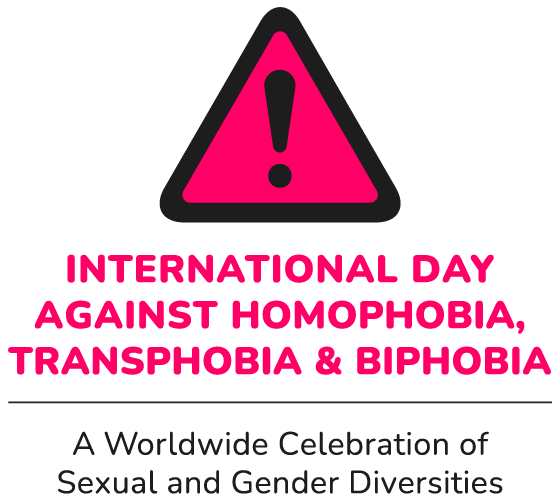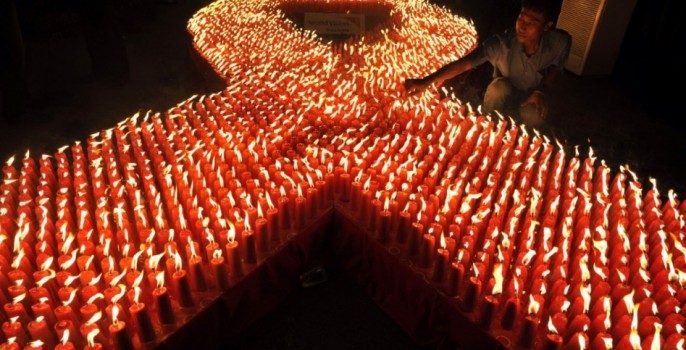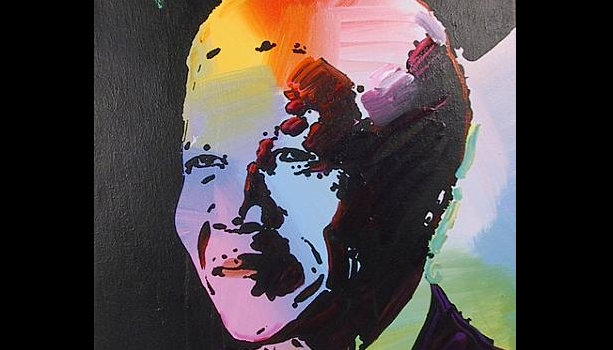Today, December 1, is the 26th annual World AIDS Day. The day is a crucial moment for people worldwide to unite in the fight against HIV/AIDS, to raise public awareness of the global pandemic, to secure concrete gains from authorities, and to show solidarity with people living with HIV/AIDS today.
The day has been observed annually, on December 1, since 1988. This year’s World AIDS Day is focused, once again, on the campaign ‘Getting to Zero’; a 5 year campaign (2011 – 2015) backed by UNAIDS and the World AIDS Campaign.
This December 1, an estimated 35.3 million people worldwide are living with HIV/AIDS. Less than one third of the global total – 9.7 million people – have access to life saving antiretroviral therapy.
HIV continues to be perhaps the major global public health issue of our times, having claimed more than 36 million lives so far.
Today, there are thousands of events taking place around the world – from formal declarations from heads of states, to community events run by grass roots activists, to huge visibility projects such as this campaign in Melbourne, Australia, and this in Brighton, United Kingdom. Various online awareness raising campaigns will also be active today, such as Lambda Legal’s 15 Ways HIV Criminalization Laws Harm Us All and the UNAIDS campaign #ZeroDiscrimination.
Whilst many will be marking the day by focusing on nationwide and local issues and campaigns, various organisations will also be underscoring – as highlighted by the World Health Organization today – that HIV/AIDS is a global epidemic, with uneven impact and responses internationally. At least 25 million of those living with HIV/AIDS worldwide today, for example, are living in Sub-Saharan Africa; 1 in 20 of the region’s adult population.
Moreover, in most cases, efforts to combat the epidemic are heavily dependent on healthcare quality and access to life-saving medicines; often mediated by international trade relations and, in many cases, property rights frameworks which limit people’s access to life-saving drugs.
Supporters of the South African organisation, Treatment Action Campaign, for example, are marching silently through the town streets of Piet Retief today, in an effort to highlight shortage of medicines.
“We feel attention must be drawn to the serious problems in the health system in the area. It will not help people to know their status if they cannot get access to ARV treatment, counselling or quality healthcare… We cannot celebrate while clinics do not have stock of essential HIV and TB medicines, while hospitals run out of food and important equipment,” the organisation said in a statement.
A recent report by the group Stop Stock Outs Project – backed by Section27, Médecins Sans Frontières (MSF) and the Treatment Action Campaign – also highlighted that at least one in every five public health facilities in South Africa have run out of HIV or TB medication. The drug shortages, they say, have become a “national crisis”.
IDAHO Committee Executive Director, Joel Bedos, also took the opportunity today, to highlight the impact of stigma – often related to sexual orientation and gender identity – in driving the epidemic, and hindering effective responses.
“In low-income countries, Men who have Sex with Men (MSM) have an estimated eight-fold higher HIV prevalence rate compared with the general population, and MSM in high-income nations have 23 times the prevalence rate of the general population,” he said.
“Vulnerability of sexual and gender minorities to HIV is proven to be driven by discriminatory regulations and practices, which restrict the capacity of individuals to access prevention programs and treatment, either because they are forcefully excluded from the health care facilities, or because they don’t go there in the first place, for fear of abuse, discrimination or even violence. In addition, self stigma will stop many people from caring about themselves enough to have protected sex, get tested, or seek treatment once they are infected.”
“Discrimination lies at the foundations of social stigma against sexual and gender minorities, and no discriminatory context can be changed if social stigma is not profoundly addressed. In other words, homophobia and transphobia are today the major drivers of HIV among MSM, even if biomedical factors such as virus transmission patterns also play a role.”
“Decision makers and donors need to be aware of the essential necessity of factoring in meaningful strategies to combat stigma within any action plan addressing the vulnerability of sexual and gender minorities.”
Today, there are lots of different ways to get informed, and to help get the word out. Here are just some of the online tools and resources you will find.
Fact up, get the word out:
- Like millions around the world today, change your social media profile to the red ribbon or get a red ribbon ‘twibbon’ added to it here.
- Details of events around the world from UNAIDS.
- World Health Organization HIV/AIDS factsheet.
- The globally recognised World AIDS Day proclamation (pdf).
- The Global HIV/AIDS Pandemic – A Timeline of Key Milestones.
- Take the quiz ‘How HIV Aware Are You?’
- World Health Organization Press Release for December 1.
- Information and campaign resources (from United States government).
- Join key campaigns such as Greater Than AIDS on facebook and (RED) on twitter.
- Follow events throughout the day on twitter via the hashtags #WorldAIDSDay and #WAD2013



